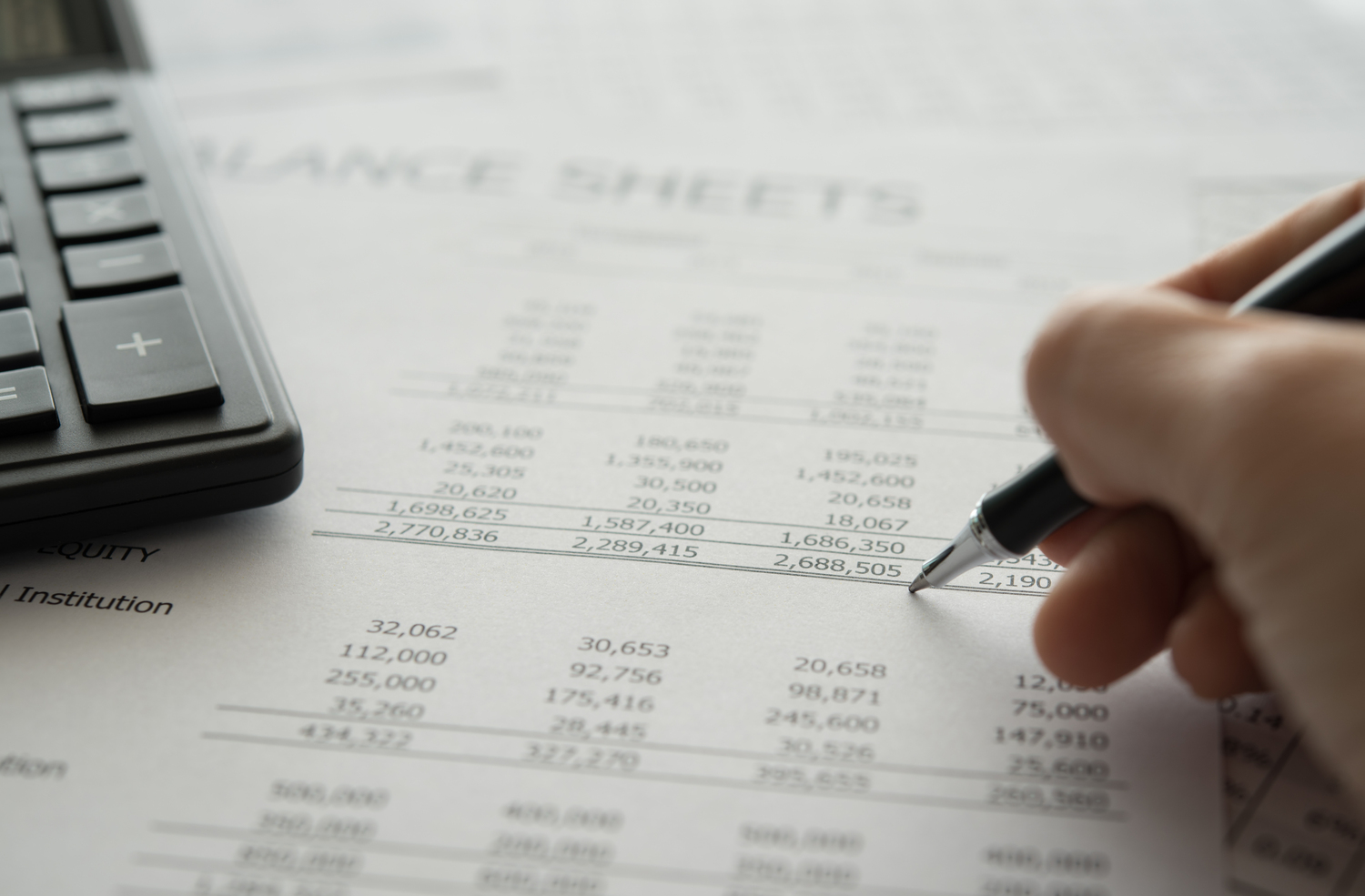The common denominator of business valuation theory and fighting COVID-19
This morning, while riding out the COVID-19 crisis in my condo, I did what many people did: I turned on CNN, where I saw Dr. Anthony Fauci – the esteemed infectious disease expert who is one of the public faces leading the Coronavirus Task Force in the United States – being interviewed by Jake Tapper on State of the Union. In one of the many questions asked with respect to the possible impact of COVID-19 in the US, Dr. Fauci answered that “There are things called models, and when someone creates a model, they put in various assumptions. And the model is only as good and as accurate as your assumptions.”
To be clear, I do not equate what is at stake in a global pandemic with the nuances of business valuation assignments. Unlike Dr. Fauci, my work does not involve life and death nor overseeing the response to one of the most significant public health crises in modern history. However, similar to the experts predicting the spread of COVID-19, we as business valuators use models, and the accuracy of our valuation models are only as good as the assumptions we use and the data to support those assumptions.
To examine the sensitivity of a theoretical valuation model to assumptions, let’s take a basic example of a fictitious manufacturer of consumer packaged goods with $100 million in annual sales. The model – which is one of several models we can use in a valuation – will be the discounted cash flow (“DCF”) model. Let’s also assume the following:
- Annual sales are forecast to increase by 5% next year (Year 1), 3% the year after (Year 2), and 2% thereafter into perpetuity.
- Profit margins (EBIT margins) – we think – should hold fairly steady at 10% given the historical correlation between profits and sales.
- The weighted average cost of capital (“WACC”) for the business is 12%.
Employing the DCF model with these assumptions, along with some simple assumptions for income taxes, capital expenditures, and working capital requirements, we arrive at a theoretical enterprise value for the company of $83.1 million which we will use as our base case.
But how sensitive is this result to our assumptions? Let’s look at a few different scenarios:
Variation 1
Suppose that next year (Year 1), sales will flatline, and grow at only 1% each year after that. Our implied enterprise value would fall to $71.8 million, or approximately 13.5% lower than our base case.
Variation 2
Suppose that, with the lower sales growth assumptions from Variation 1, we expect some profit margin contraction of 50 basis points (to 9.5%). Combining this new assumption along with the assumptions in Variation 1 would imply an enterprise value of $68.2 million, or 17.9% lower than our base case.
As shown in Variations 1 and 2, seemingly small changes to one or two assumptions can yield wildly different implied valuations.
Variation 3
Let’s take a more bullish/optimistic view in this scenario. Let’s assume that a major new product line is being developed, with an expected rollout in Year 2, resulting in year/year sales growth of 10% in Year 1 (compared to 5% in our base case), and 5% sales growth in Year 2 (compared to 3% in the base case). Let’s also assume that this is a slightly higher margin product, increasing profit margins by approximately 25 basis points (to 10.25%). Holding all other assumptions equal, this would imply an enterprise value of $91.3 million, or 9.9% higher than our base case.
Variation 4
Let’s revisit Variation 3. How would the launch of this new product line affect an investor’s perception of cash flow risk? Since the new product line comes attached with uncertainty, Variation 4 will revisit the required rate of return (WACC) for the business and increase it to 13%. This would imply an enterprise value of $83.3 million, or only approximately 0.2% higher than our base case (but approximately 8.8% lower than the implied value from Variation 3).
The DCF explained above is highly simplistic – much more so than the challenges that are often contemplated in a real-world valuation engagement. Perhaps capital expenditure forecasts may move up or down based on planned projects. Perhaps the company requires more working capital investment than what is contemplated in this model. Perhaps historical data tells us that the correlation between sales growth and profit margins is not as constant as was first expected. (Often, a change in one assumption causes a change in another assumption.) A significant amount of analysis and judgement is involved with respect to the specific circumstances of an individual business.
As valuators, we can run scenario after scenario, but much of our time is spent rationalizing the assumptions that go into our models. When clients wonder why business valuation reports require significant time and money, the answer lies in Dr. Fauci’s basic but brilliant reason: we have models, but our models are only as good as the assumptions that go into them.
Next article
GE’s Alstom acquisition: the case of purchase price accounting gone wild

